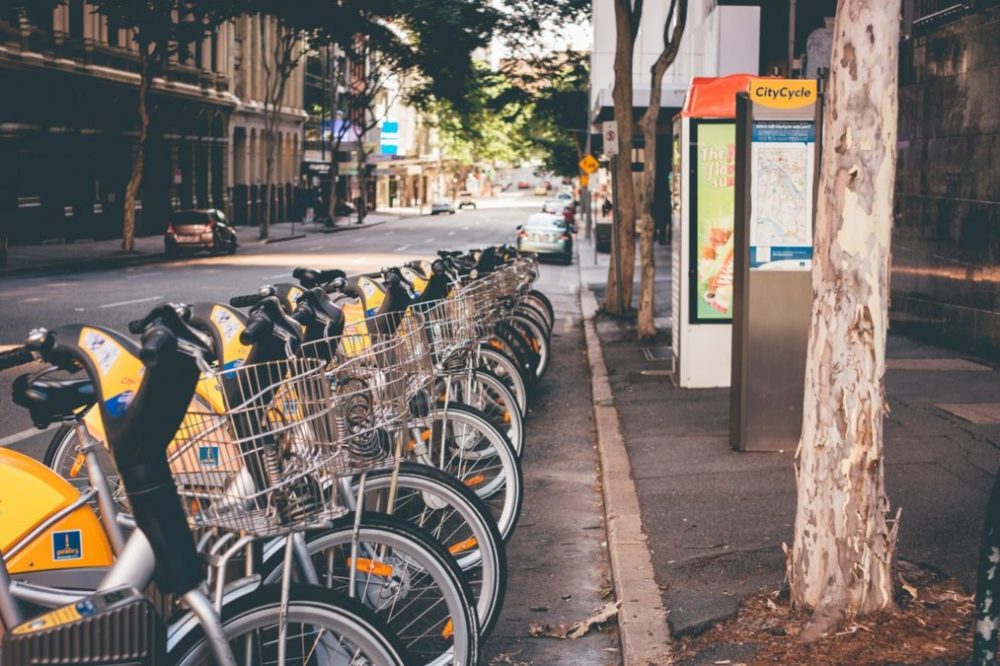In the early 1990s Mark Weiser, CTO of Xerox PARC, wrote: “The most profound technologies are those that disappear. They weave themselves into the fabric of everyday life until they are indistinguishable from it.”
In this day and age when it comes to technologies that meet this brief, we are spoilt for choice, be it the traffic and weather alerts that you get sent to your smartphone or the messaging app you use to keep in touch with friends on the other side of the world.
However, at the same time as weaving into the fabric of our everyday lives, these technologies also make other competing processes and conventions redundant – who need to carry cash when you can pay for goods with an app on your smartphone.
>Read more on Why businesses and society need smart cities?
The rise of smart-urban dwellers
This reality becomes even more unavoidable when one considers the proliferation of smart cities, where the utilisation of emerging technologies such as the internet of things, artificial intelligence and robotic process automation has transformed everything from the career paths we take to where people choose to live. According to figures from the UN, today, 55% of the world’s population lives in urban areas, a proportion that is expected to increase to 68% by 2050.
Cities are developing at an unprecedented rate, what’s more, smart city infrastructure is defining new expectations for urban dwellers.
>See also: Dr Ayesha Khanna: smart cities and human-centricity
Numerous companies and disruptive startups around the world are recognising the implications this phenomenon has on their business. Particularly apparent is the shift towards the ‘sharing economy’ and ‘servitisation’ – two trends transforming how people interact with the goods and services they need or want.
With this in mind, how best should CTOs and business leaders amend their products and services to avoid consolidation as the expectations of urban dwellers in smart cities are transformed beyond recognition?
What technology is driving smart cities?
At the core of any smart city is its information-driven, connected foundation. With the widespread adoption of smartphones and the internet, connectivity is available everywhere, even in hard-to-reach areas.
This paradigm shift has been heightened by the application of other emerging technologies, such as the internet of things (IoT) and automation.
IoT, in particular, is solidifying this connectivity-dependent marketplace by way of embedded devices such as sensors and mobile tech, enabling cities to develop in a way that is independent of topographies and physical connectedness.
>See also: Why 2018 is the year of digital decentralisation
Some organisations have been quicker than other to react – think Uber not owning cars or Airbnb not owning homes; instead, these platforms connect customers to drivers and homeowners.
Those who ignore or resist these shifts in technology and customer behaviour risk not only limiting their future growth, but ultimately, they stand to lose their customers.
But do keep in mind that from a business point of view this shift brings with it many opportunities. According to a World Bank study, 70% of the world’s cities exceed their national gross domestic product. Looking to the future, it’s expected that by 2050, 600 cities will account for 60% of global domestic product with all cities housing 70% of a projected global population of 10 billion.
>See also: Building a smart city in the connected age
How organisations should adapt their offerings
If you look at any industry, you will be able to find interesting examples of companies who are already altering their approaches to smart cities. Be it utility companies providing customers smart meters and introducing dynamic pricing schemes, retailers utilising more online selling platforms, or digital, mobile-only banking apps like Monzo, which aims to helps users keep track of their spending.
What’s interesting about these examples is they seem to be a reaction to two things: the rise in tech-savvy customers and urban lifestyles.
One of the starkest contrasts between smart-urban dwellers and more traditional types of consumers is their payment preferences. According to recent research from Paymentsense, 80% of British consumers said card transactions, including contactless, are their favourite form of payment.
Subscriptions are another growing preference. In 2016 the average adult in the UK spent approximately £18.49 per month on subscription services, but by 2017 that figure tripled, according to figures from YouGov and Zuora, the subscription platform provider.
John Phillips, VP EMEA of Zuora, said: “Nearly all of the British population is part of the subscription economy. From heating to healthcare, Zuora’s new study proves that the subscription business model has gone mainstream and consumers have bought into recurring payments.”
“The only way businesses can sustainably maintain relationships with consumers and grow is by moving away from their product-centric mentality and creating long-term brand affinity based around flexible subscription-based services.”
This is, of course, no coincidence, it’s called servitisation and it’s increasing in popularity every day.
Servitisation
In a nutshell, servitisation refers to the additional services that are being offered in tandem with traditional products. Recent examples include Mercedes offering their cars on a subscription basis, the Berlin-based startup – Grover, who is selling consumer tech through a pay-as-you-go online platform – or Cashmere App, the luxury fashion social savings platform.
Service-based business models have proliferated in practically every industry due to their financial and strategic benefits. While the allure of recurring-revenue is self-evident, the strategic benefits are also vast, not only are service providers likely to have greater retention, they get to learn more about their customers and, therefore, make their experience more relevant to them. A good example is how Netflix makes recommendations to their subscribers based on what they’ve watched before.
The rise of subscription businesses is in many ways a reaction to urbanisation and smart city infrastructure, as consumers have become accustomed to products and services that are hyper-personalised to meet their individual needs and circumstances, as opposed to a one-size-fits-all format that merely treats their individual preferences like they are irrelevant.
In smart cities, all companies are tech companies
Moving on from strictly selling assets to a continuing service has only been made possible through organisations having access to new technologies and data-sets.
For example, emerging technologies such as IoT, sensors, machine learning and RPA enable a new understanding of their products and customer base.
While, AI and software development play crucial roles in keeping organisations in constant contact with their customers, as their appetite for 24/7 access increases.
>See also: Unlocking the potential of the IoT for smart cities
Leveraging IoT and advanced analytics
For many organisation currently succeeding in their venture into services, skilful application of innovative technology has been vital.
IoT, sensors and beacon technologies mean that organisations are better equipped to predict failures and resolve issues quicker.
>See also: Connectivity is key for realising the smart cities of the future
Advanced analytics means that a CTOs and IT leaders can convert operational data into real business intelligence, helping create more customer-specific offerings and stay ahead of the competition.
This has been vital for any company wishing to position their products and services into the fabric of a smart city.










